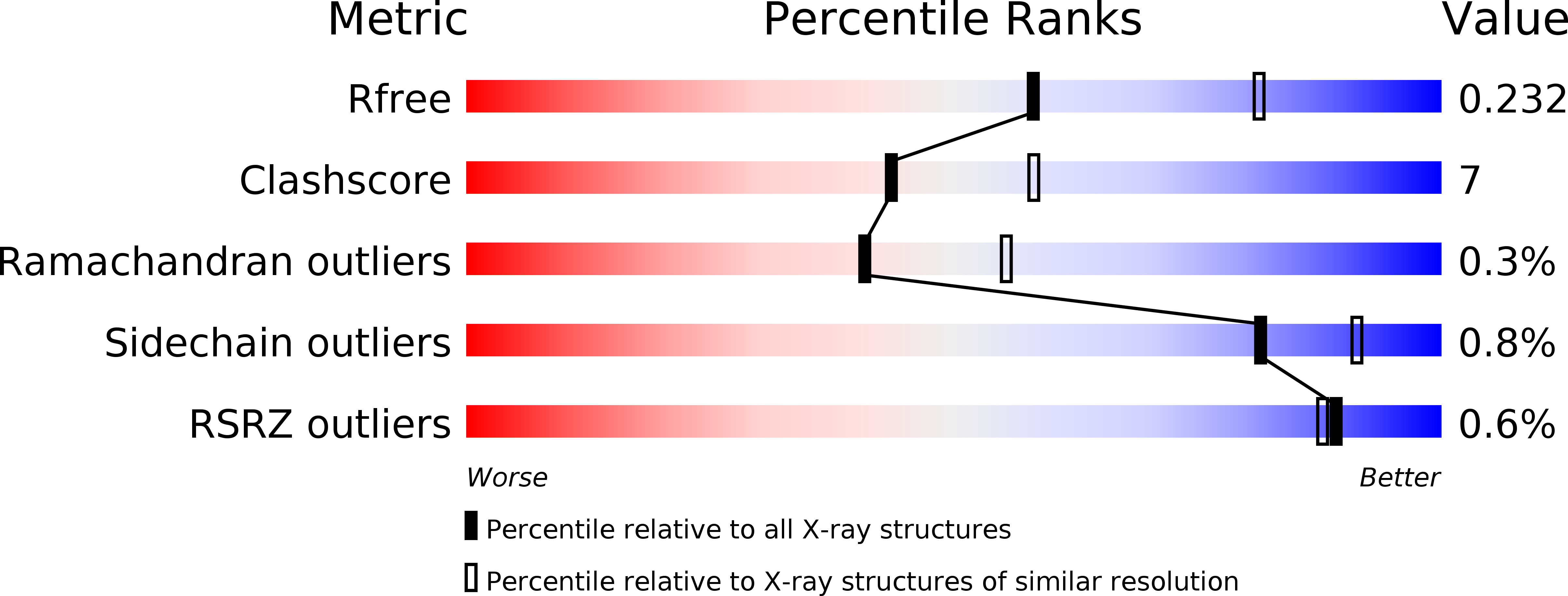
Deposition Date
2013-10-14
Release Date
2014-01-22
Last Version Date
2023-09-20
Entry Detail
PDB ID:
4N6S
Keywords:
Title:
Crystals of cross-linked stabilized and functional Phycobilisomes: only phycocyanin rods contribute to diffraction.
Biological Source:
Source Organism:
Thermosynechococcus vulcanus (Taxon ID: 32053)
Method Details:
Experimental Method:
Resolution:
2.40 Å
R-Value Free:
0.23
R-Value Work:
0.19
Space Group:
H 3 2


